Nathuram Godse and Narayan Apte together decided that Gandhi had to be killed. As to who of them first thought of the plot, however, remains a mystery.
NEW DELHI: Nathuram Godse and Narayan Apte together decided that Gandhi had to be killed. As to who of them first thought of the plot, however, remains a mystery, says a book to be released on Tuesday on the 60th anniversary of the assassination of the Father of the Nation.
The 'great decision' was made by the two as they read on the teleprinter the news on Gandhi's decision to go on fast to force transfer of Rs 55 crore to Pakistan.
In Poona, the two men, Nathuram Godse and Narayan Apte, sitting in their non-descript newspaper office read the news and suddenly made their decision-Gandhi had to be killed. No one, however, knows which of them first thought of murdering Gandhi because to the end they maintained that only one of them, Nathuram was responsible for the killing, says the new edition of 'The Men Who Killed Gandhi' by Manohar Malgaonkar.
Published by Roli Books, the book is due to be launched on Tuesday, the 60th anniversary of Gandhi's assassination.
The author, now 94 years old, is an ex-serviceman and a civil servant. He first published 'The Men Who Killed Gandhi' in 1978. The new edition of the book carries, according to the publisher, hitherto unpublished photographs and documents including the Bombay-Delhi air tickets and bills of the hotel used by the two in Delhi while on their mission.
"Of the six men who were finally adjudged to have been implicated in the murder conspiracy, two were hanged. The other four- the approver Badge and the three who got life sentences, Karkare, Gopal and Madanlal talked to me freely and at length", says the author in his note to the first edition of the book. "All the four gave me much information that they had never revealed before hand", he claims.
The book has some rare photographs including one of Jinnah and Mahatma Gandhi having a heated argument and Godse and Apte in Pune during the trial.
Malgaonkar describes Nathuram Godse as a voracious reader, his interests being mythology, scriptures and Marathi history. After he met V.D.Savarkar, Godse was never the same having been transformed into a fiery champion of all the causes that Savarkar stood for, political, social, religious, freedom from British rule, abolition of the caste system and re-conversion of Hindus who had been enticed into Islam or Christianity.
At 31, Nathuram Godse was a quiet man of simple, almost austere tastes and a serious turn of mind. Pledged to celibacy, he shied away from the company of women and deliberately shunned the temptations of life. He was bothered by even by small lapses of middle-class morality and strove to keep his thoughts on a high plane. His secret pride was his ability to sway crowds with his speeches and his admitted liking for coffee.
In contrast, Narayan Apte was quick witted, lively and intelligent, well educated and with a family background of pure scholarship. He smoked and drank, wore expensive clothes and was fond of the good things in life.
Through he came from a middle-class Brahmin family as Nathuram, "The two men who were so different should become the closest friends seems almost unnatural, but people who knew them well assert that neither was a homosexual and that the friendship was due entirely to total identity of views on the Sanghatan movement", the author says.
Madanlal Pahwa, another accused was a refugee from Pakistan who had experienced the atrocities first hand. He was accused of throwing a bomb at Gandhi's prayer meeting on January 20. Pahwa came in touch with Godse and Apte through Vishnu Karkare who took him from am refugee camp in Bombay to Ahmednagar and helped him earn a living, the book says.
Digambar Badge, one of the four accused was not the kind of a person who inspired confidence. He was owner of 'Shastr Bhandar', a storehouse of weapons. An inveterate name-dropper and a big talker, Badge came in contact with Godse and Apte through one Dixitji Maharaj, the author says.
Godse was an avid reader of detective novels, his favourite being Erle Stanley Gardner. Apte, on the other hand showed marked preference to Agatha Christie.
After they made up their mind to kill Gandhi, Godse and Apte set a target date- the 'D-Day's fixed January 20. To accomplish the death of Gandhi, the team zestfully set out to kill or maim scores of men and women, who, they knew, would be crowding around Gandhi. "As it crystallized in the Marina Hotel in Delhi's Cannought Circus on the afternoon of January 20, it was a horriiifying mixture that was part farce", the book says.
The two had managed to farm out all the dangerous roles to their subordinates and themselves intended to remain in the background. They had even put a pistol into the hands of that most inoffensive of men, Shankar Kistayya, Badge's servant. Poor Shankar did not even know who Gandhi was or what he had done or why he has to fire the pistol at him, the book says.
The plans, however, changed and on January 30, when a man wearing a grey shirt and a cap tucked in his left shoulder walked in through the service gate of Birla House, no one checked him. Nor did anyone accost the two men who came half an hour later, swathed in grey shawls against the cold and swearing flat woolen caps.
Nathuram later told his brother Gopal that he was put off by the two girls walking in front of Gandhi. As Gandhi raised his hand to greet the crowd, Nathuram slid forward the safety catch on the Beretta while it was still in his pocket and then stepped up to him, the author says.
![submenu-img]() House of the Dragon season 2 trailer: Rhaenyra wages an unwinnable war against Aegon, Dance of the Dragons begins
House of the Dragon season 2 trailer: Rhaenyra wages an unwinnable war against Aegon, Dance of the Dragons begins![submenu-img]() Panchayat season 3 trailer: Jitendra Kumar returns as sachiv, Neena, Raghubir get embroiled in new political tussle
Panchayat season 3 trailer: Jitendra Kumar returns as sachiv, Neena, Raghubir get embroiled in new political tussle![submenu-img]() Apple partners up with Google against unwanted tracker, users will be alerted if…
Apple partners up with Google against unwanted tracker, users will be alerted if…![submenu-img]() Meet actress whose debut film was superhit, got married at peak of career, was left heartbroken, quit acting due to..
Meet actress whose debut film was superhit, got married at peak of career, was left heartbroken, quit acting due to..![submenu-img]() Who is the real owner of Delhi's Connaught Place and who collects rent from here?
Who is the real owner of Delhi's Connaught Place and who collects rent from here?![submenu-img]() Meet man who is 47, aspires to crack UPSC, has taken 73 Prelims, 43 Mains, Vikas Divyakirti is his...
Meet man who is 47, aspires to crack UPSC, has taken 73 Prelims, 43 Mains, Vikas Divyakirti is his...![submenu-img]() IIT graduate gets job with Rs 100 crore salary package, fired within a year, he is now working as…
IIT graduate gets job with Rs 100 crore salary package, fired within a year, he is now working as…![submenu-img]() Goa Board SSC Result 2024: GBSHSE Class 10 results to be out today; check time, direct link here
Goa Board SSC Result 2024: GBSHSE Class 10 results to be out today; check time, direct link here![submenu-img]() CUET-UG 2024 scheduled for tomorrow postponed for Delhi centres; check new exam date here
CUET-UG 2024 scheduled for tomorrow postponed for Delhi centres; check new exam date here![submenu-img]() Meet man who lost eyesight at 8, bagged record-breaking job package at Microsoft, not from IIT, NIT, VIT, his salary is…
Meet man who lost eyesight at 8, bagged record-breaking job package at Microsoft, not from IIT, NIT, VIT, his salary is…![submenu-img]() DNA Verified: Is CAA an anti-Muslim law? Centre terms news report as 'misleading'
DNA Verified: Is CAA an anti-Muslim law? Centre terms news report as 'misleading'![submenu-img]() DNA Verified: Lok Sabha Elections 2024 to be held on April 19? Know truth behind viral message
DNA Verified: Lok Sabha Elections 2024 to be held on April 19? Know truth behind viral message![submenu-img]() DNA Verified: Modi govt giving students free laptops under 'One Student One Laptop' scheme? Know truth here
DNA Verified: Modi govt giving students free laptops under 'One Student One Laptop' scheme? Know truth here![submenu-img]() DNA Verified: Shah Rukh Khan denies reports of his role in release of India's naval officers from Qatar
DNA Verified: Shah Rukh Khan denies reports of his role in release of India's naval officers from Qatar![submenu-img]() DNA Verified: Is govt providing Rs 1.6 lakh benefit to girls under PM Ladli Laxmi Yojana? Know truth
DNA Verified: Is govt providing Rs 1.6 lakh benefit to girls under PM Ladli Laxmi Yojana? Know truth![submenu-img]() Ananya Panday stuns in unseen bikini pictures in first post amid breakup reports, fans call it 'Aditya Roy Kapur's loss'
Ananya Panday stuns in unseen bikini pictures in first post amid breakup reports, fans call it 'Aditya Roy Kapur's loss'![submenu-img]() Remember Harsh Lunia? Just Mohabbat child star, here's how former actor looks now, his wife is Bollywood's popular...
Remember Harsh Lunia? Just Mohabbat child star, here's how former actor looks now, his wife is Bollywood's popular...![submenu-img]() Mother's Day 2024: Bollywood supermoms who balance motherhood, acting, and run multi-crore businesses
Mother's Day 2024: Bollywood supermoms who balance motherhood, acting, and run multi-crore businesses![submenu-img]() Rocky Aur Rani's Golu aka Anjali Anand shocks fans with drastic weight loss without gym, says fitness secret is...
Rocky Aur Rani's Golu aka Anjali Anand shocks fans with drastic weight loss without gym, says fitness secret is...![submenu-img]() In pics: Ram Charan gets mobbed by fans during his visit to Pithapuram for ‘indirect campaign’ for uncle Pawan Kalyan
In pics: Ram Charan gets mobbed by fans during his visit to Pithapuram for ‘indirect campaign’ for uncle Pawan Kalyan![submenu-img]() Haryana Political Crisis: Will 3 independent MLAs support withdrawal impact the present Nayab Saini led-BJP government?
Haryana Political Crisis: Will 3 independent MLAs support withdrawal impact the present Nayab Saini led-BJP government?![submenu-img]() DNA Explainer: Why Harvey Weinstein's rape conviction was overturned, will beleaguered Hollywood mogul get out of jail?
DNA Explainer: Why Harvey Weinstein's rape conviction was overturned, will beleaguered Hollywood mogul get out of jail?![submenu-img]() What is inheritance tax?
What is inheritance tax?![submenu-img]() DNA Explainer: What is cloud seeding which is blamed for wreaking havoc in Dubai?
DNA Explainer: What is cloud seeding which is blamed for wreaking havoc in Dubai?![submenu-img]() DNA Explainer: What is Israel's Arrow-3 defence system used to intercept Iran's missile attack?
DNA Explainer: What is Israel's Arrow-3 defence system used to intercept Iran's missile attack?![submenu-img]() House of the Dragon season 2 trailer: Rhaenyra wages an unwinnable war against Aegon, Dance of the Dragons begins
House of the Dragon season 2 trailer: Rhaenyra wages an unwinnable war against Aegon, Dance of the Dragons begins![submenu-img]() Panchayat season 3 trailer: Jitendra Kumar returns as sachiv, Neena, Raghubir get embroiled in new political tussle
Panchayat season 3 trailer: Jitendra Kumar returns as sachiv, Neena, Raghubir get embroiled in new political tussle![submenu-img]() Meet actress whose debut film was superhit, got married at peak of career, was left heartbroken, quit acting due to..
Meet actress whose debut film was superhit, got married at peak of career, was left heartbroken, quit acting due to..![submenu-img]() 'Ek actress 9 log saath leke...': Farah Khan criticises entourage culture in Bollywood
'Ek actress 9 log saath leke...': Farah Khan criticises entourage culture in Bollywood![submenu-img]() Bollywood’s 1st multi-starrer had 8 stars, makers were told not to cast Kapoors; not Sholay, Nagin, Shaan, Jaani Dushman
Bollywood’s 1st multi-starrer had 8 stars, makers were told not to cast Kapoors; not Sholay, Nagin, Shaan, Jaani Dushman![submenu-img]() Who is the real owner of Delhi's Connaught Place and who collects rent from here?
Who is the real owner of Delhi's Connaught Place and who collects rent from here?![submenu-img]() Viral video: Chinese artist's flaming 'stairway to heaven' stuns internet, watch
Viral video: Chinese artist's flaming 'stairway to heaven' stuns internet, watch![submenu-img]() Video: White House plays 'Sare Jahan Se Achha Hindustan Hamara" at AANHPI heritage month celebration
Video: White House plays 'Sare Jahan Se Achha Hindustan Hamara" at AANHPI heritage month celebration![submenu-img]() Viral video: Bear rides motorcycle sidecar in Russia, internet is stunned
Viral video: Bear rides motorcycle sidecar in Russia, internet is stunned![submenu-img]() Driver caught on camera running over female toll plaza staff on Delhi-Meerut expressway, watch video
Driver caught on camera running over female toll plaza staff on Delhi-Meerut expressway, watch video

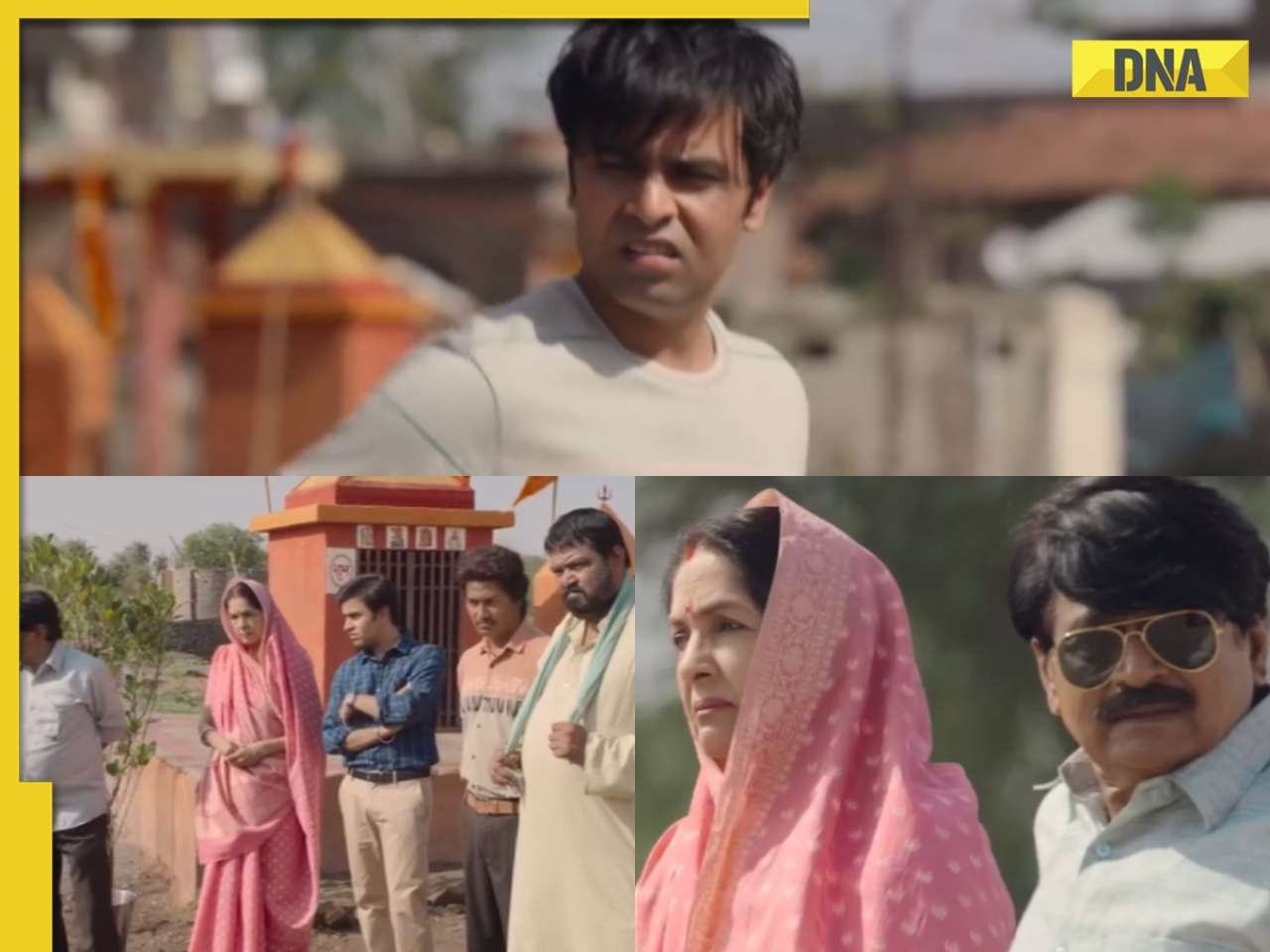










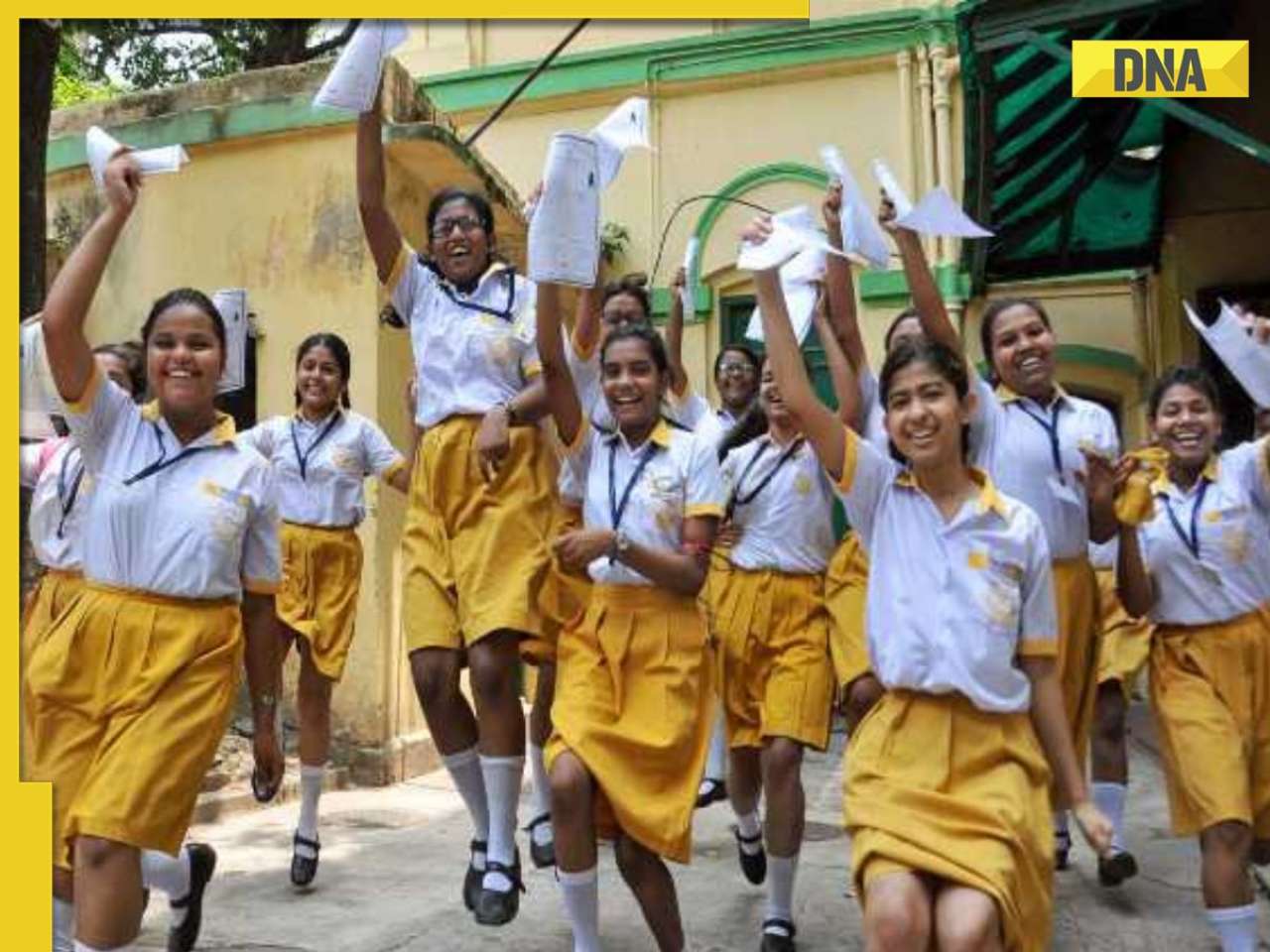
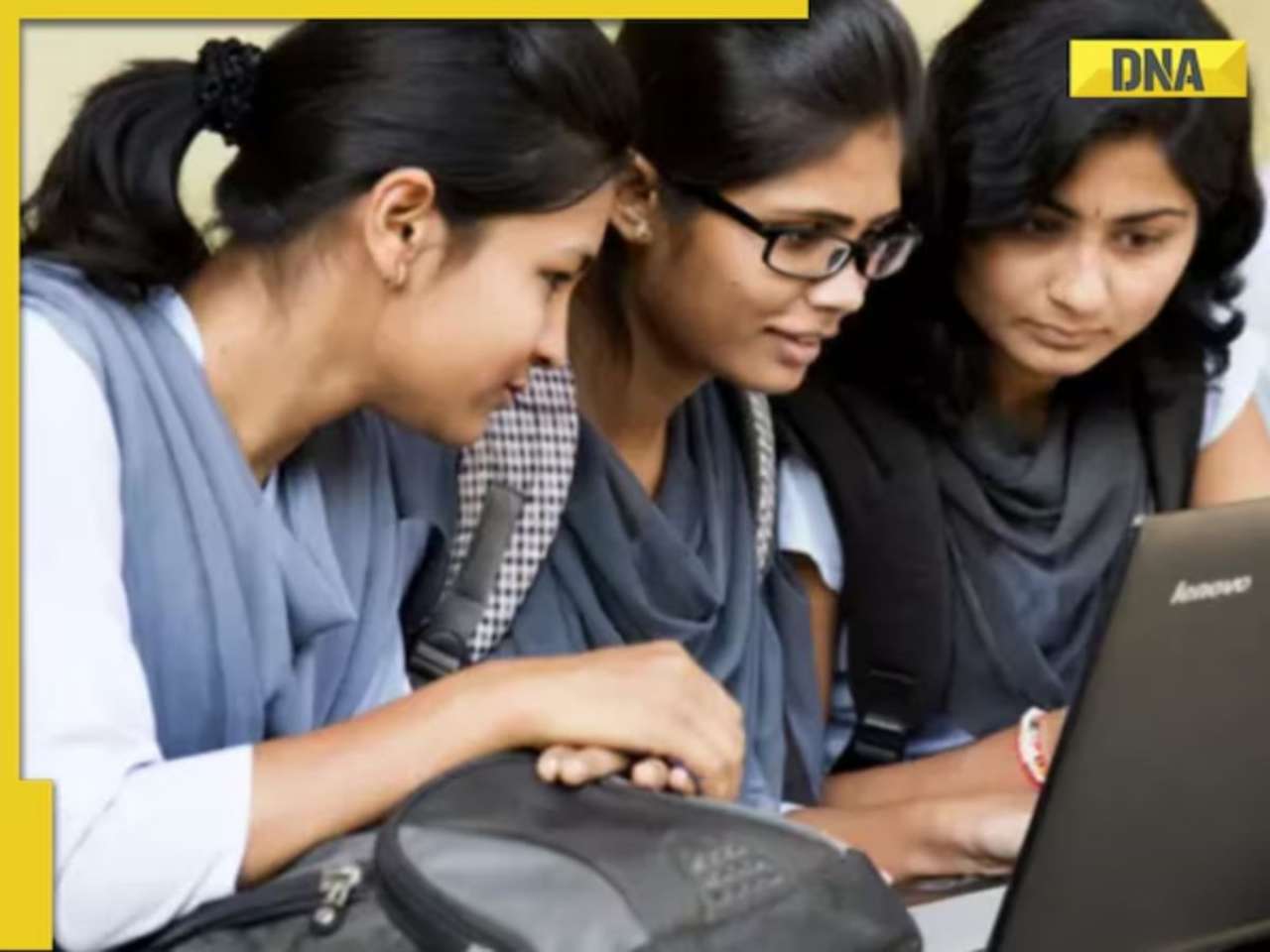
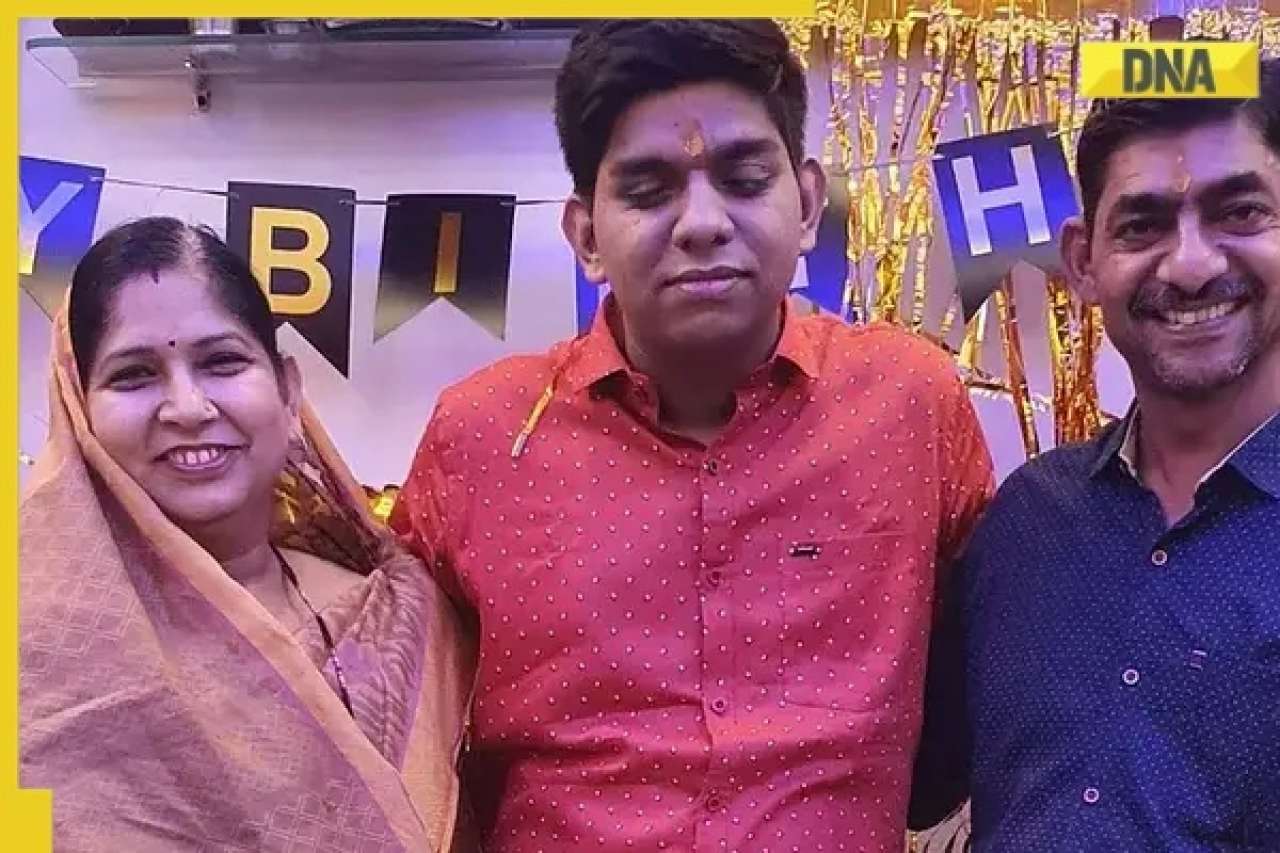
















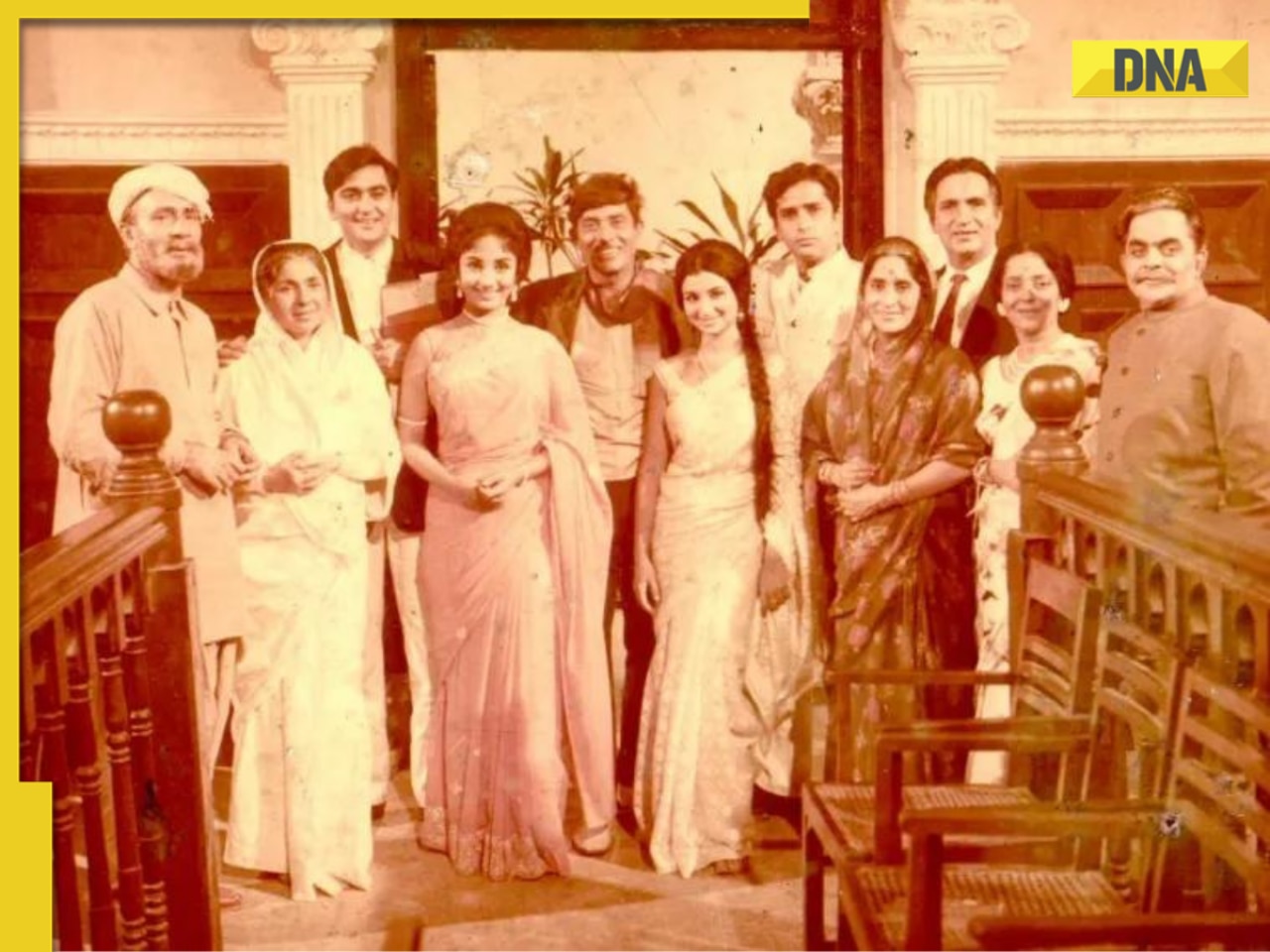
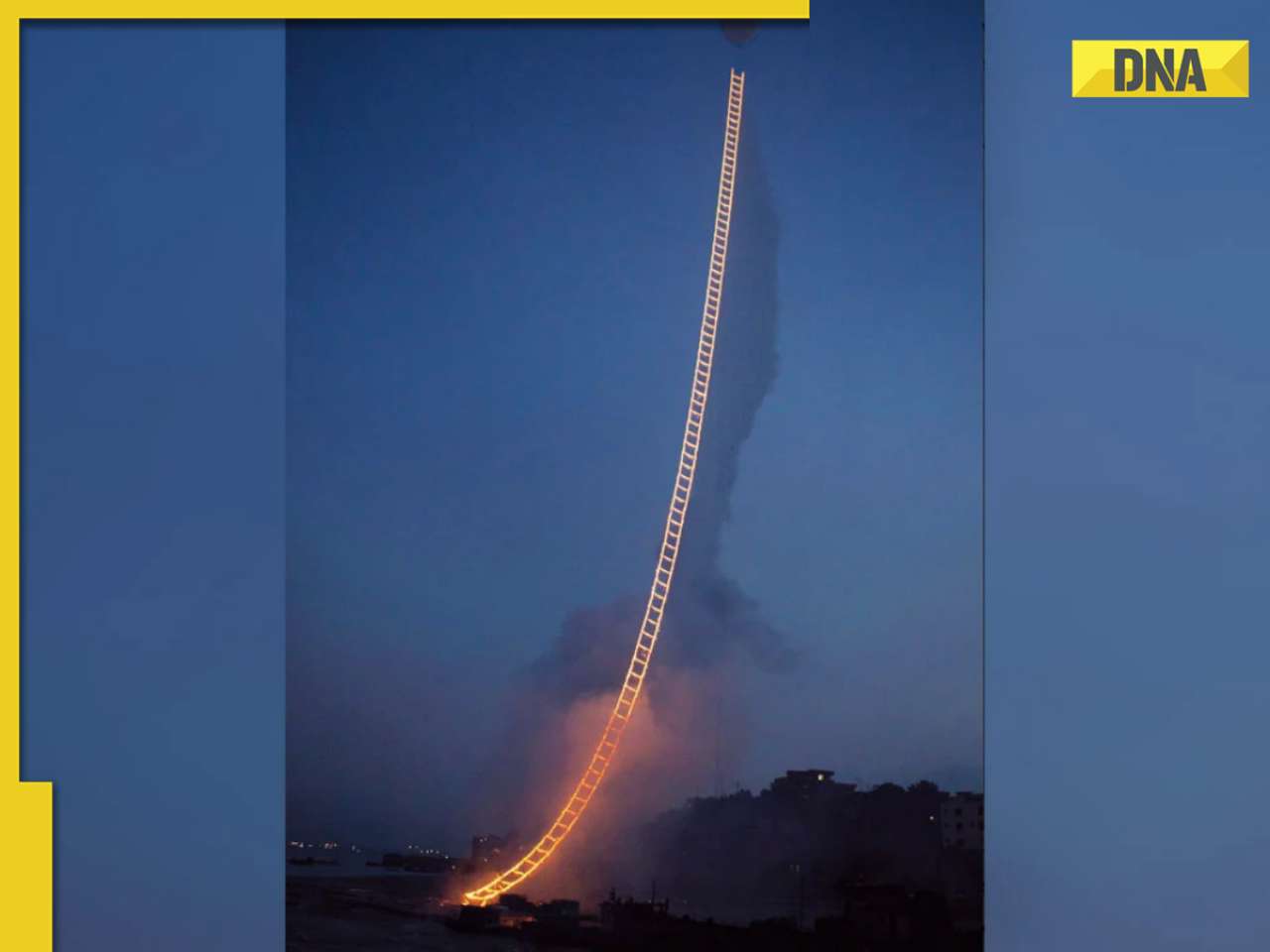
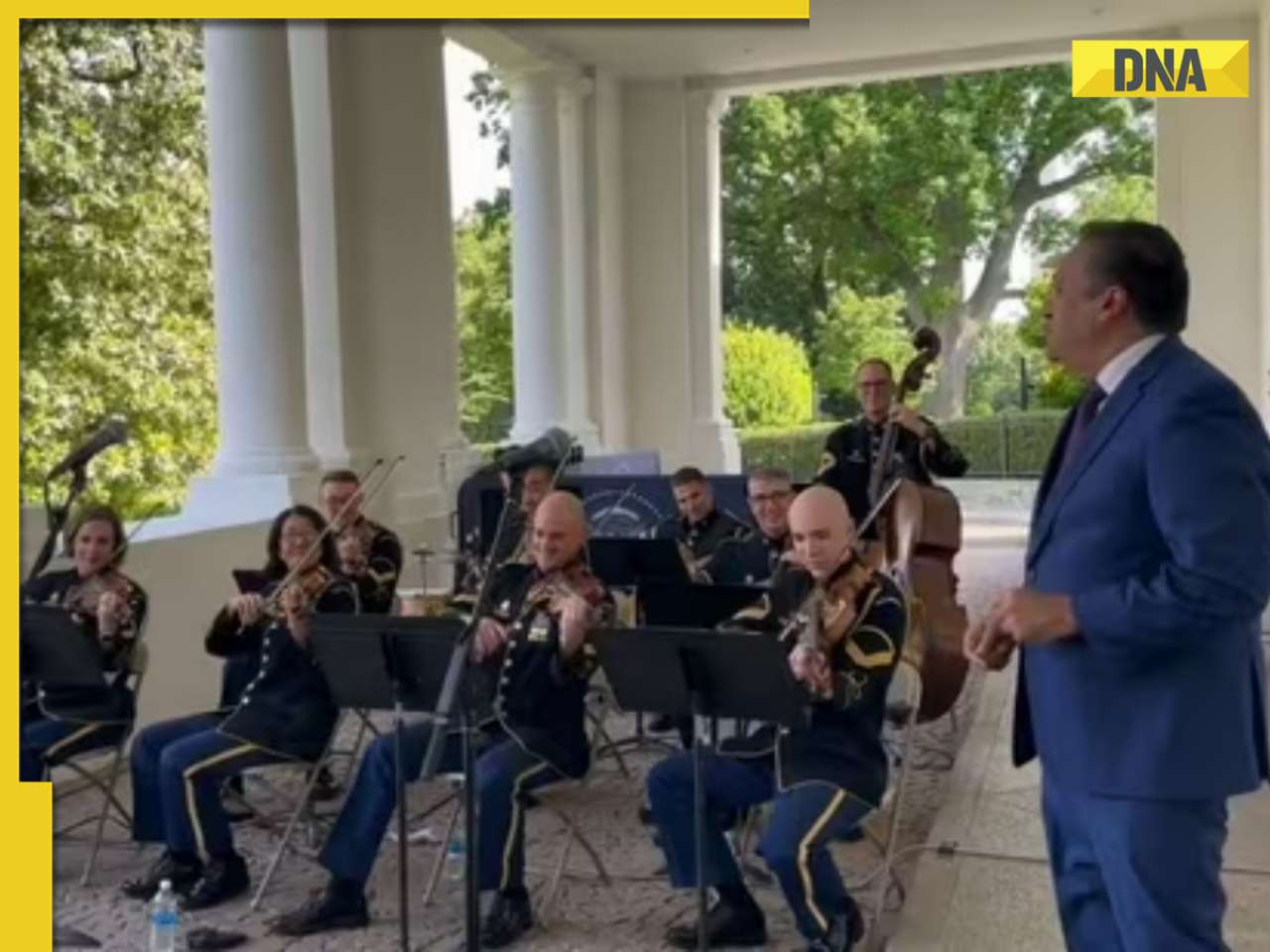




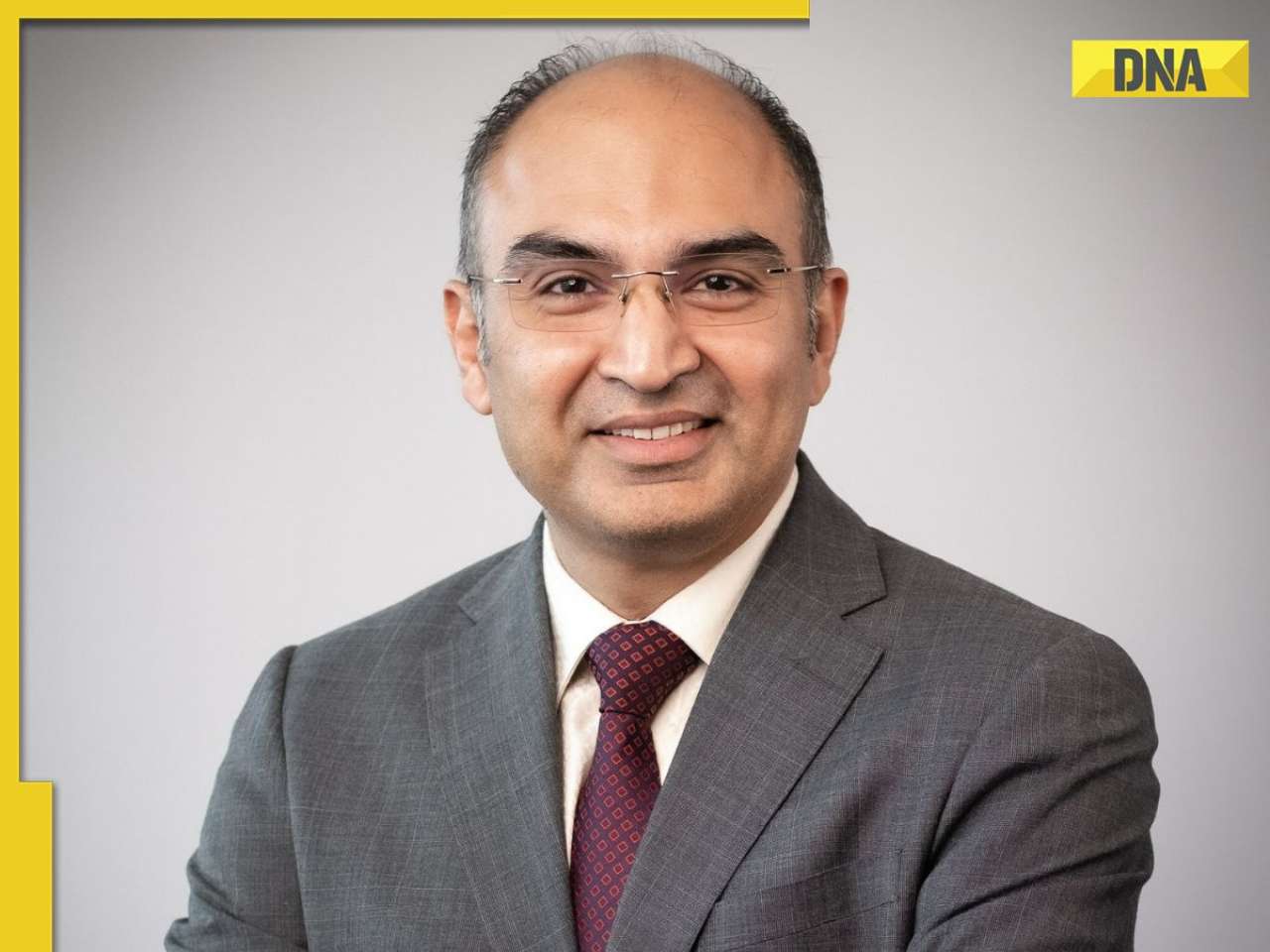
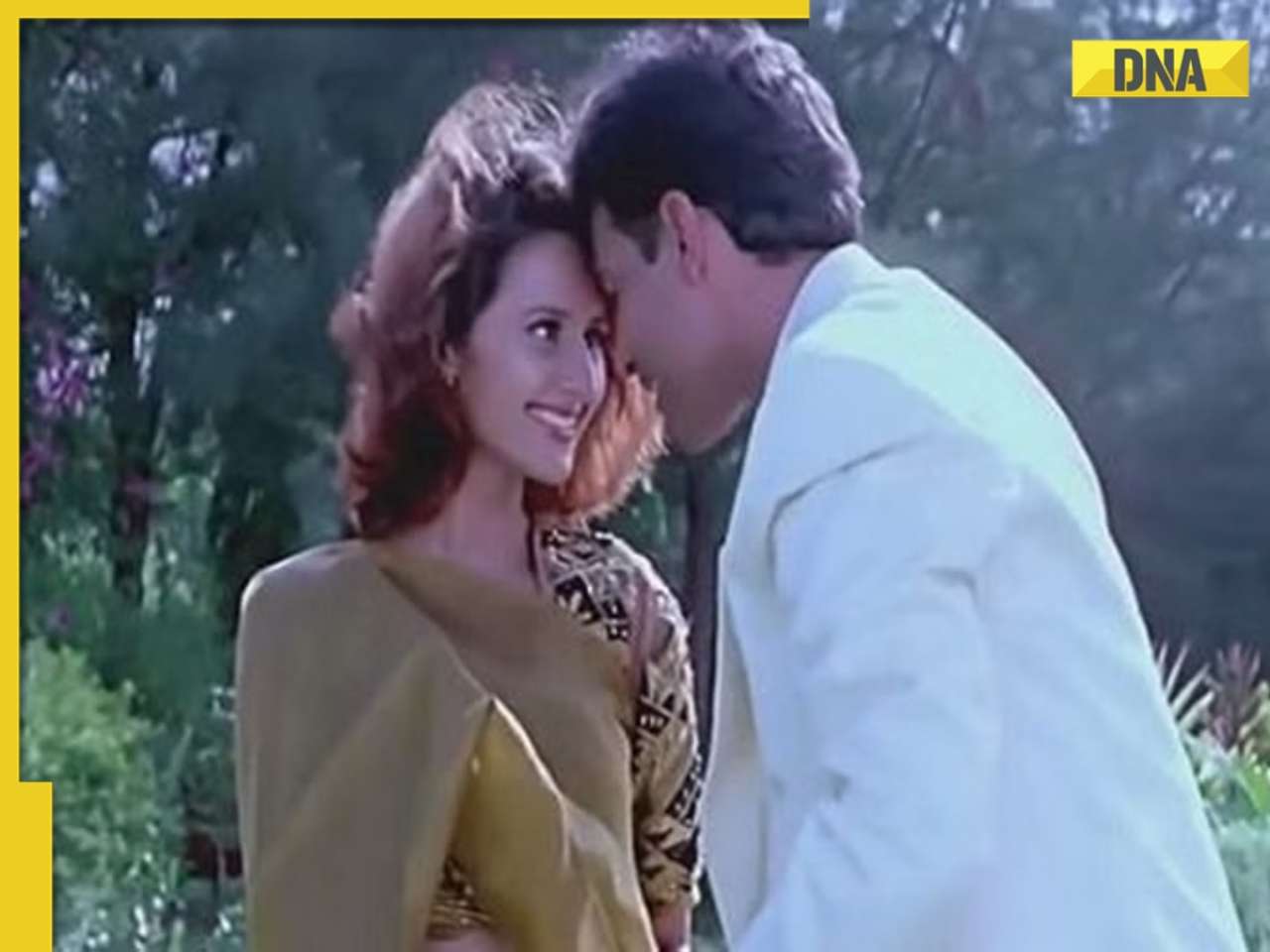




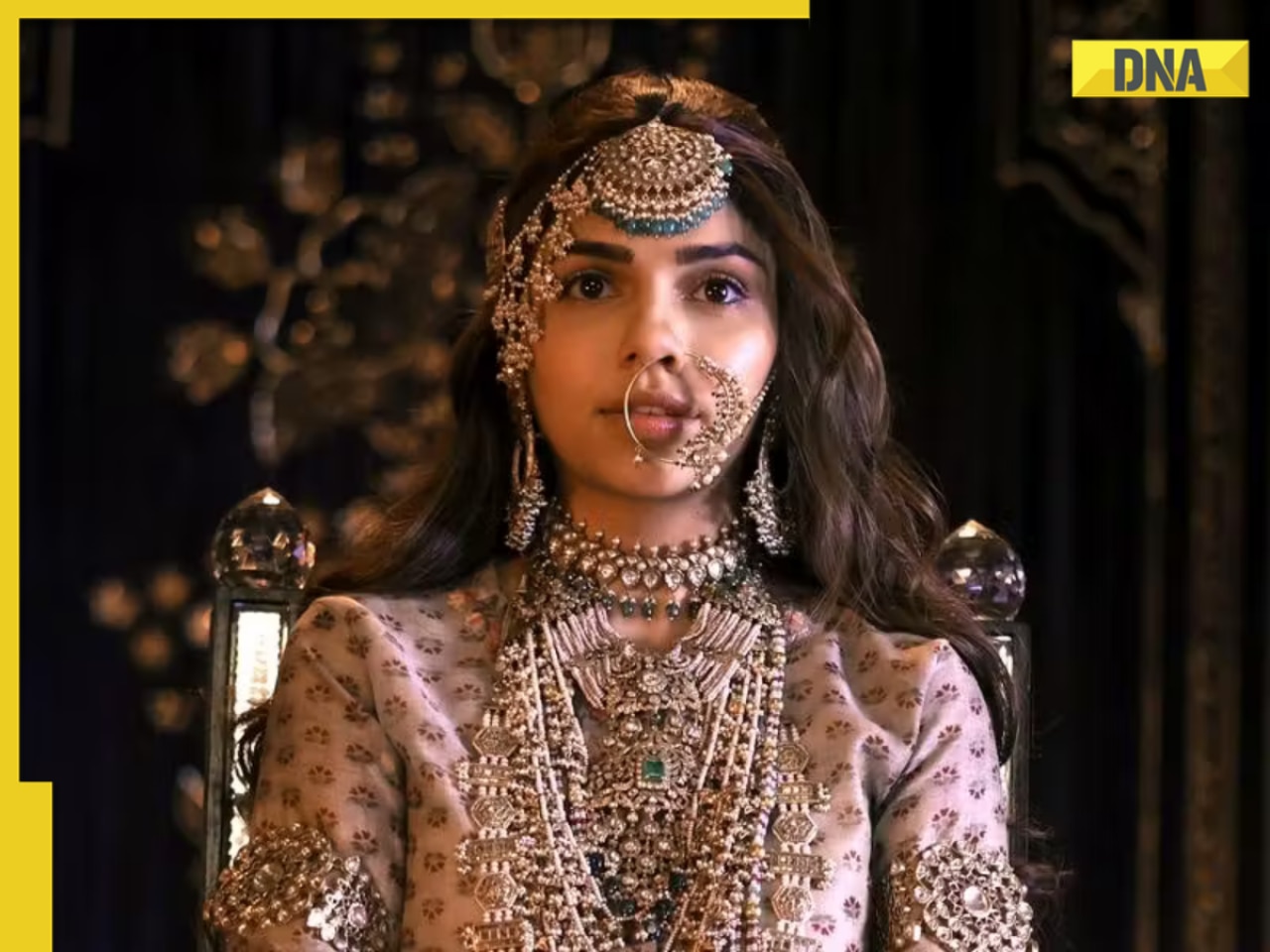
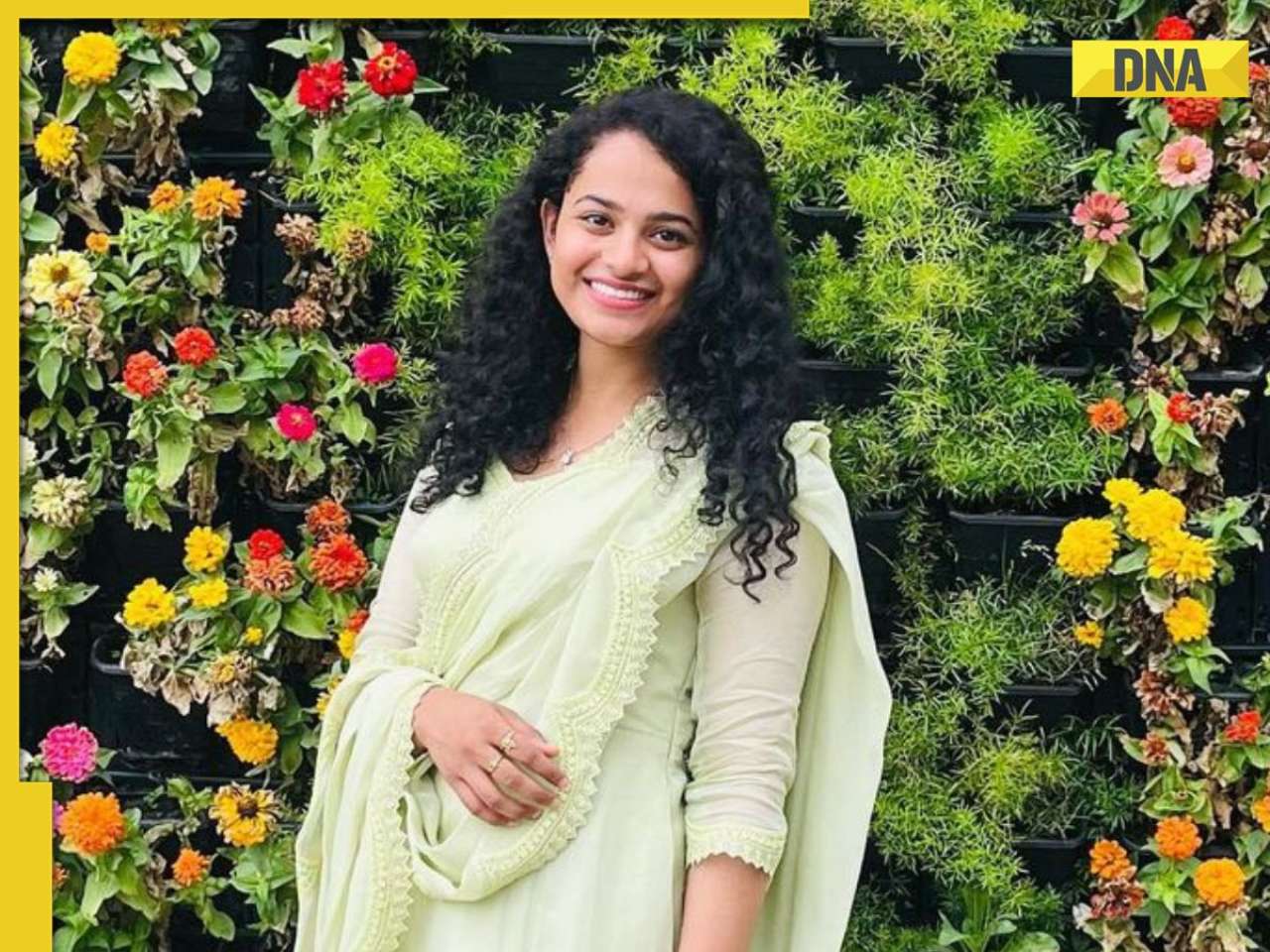
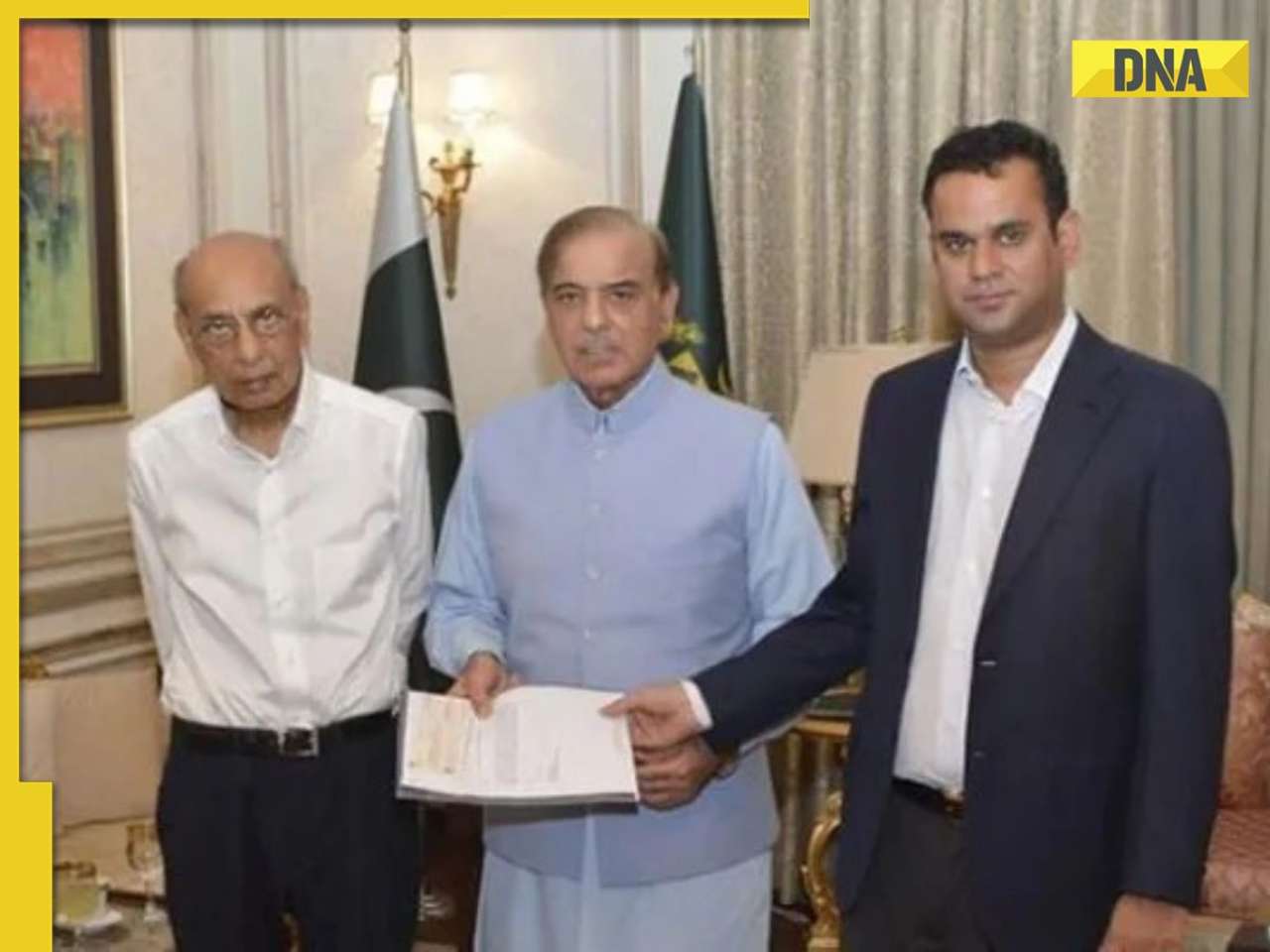







)
)
)
)
)
)